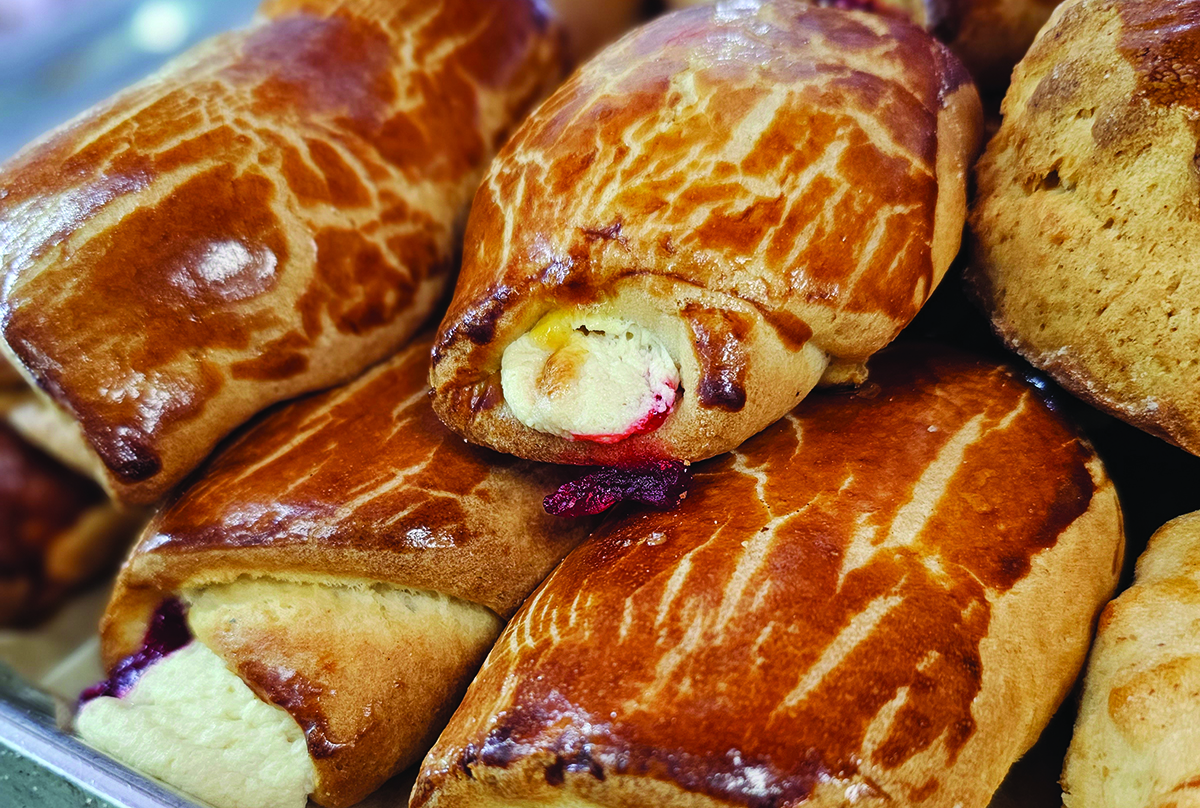Sweet and savory breads are climbing the charts of popularity, and panaderías across America are no exception.
Empanadas are a top seller at Argentina Bakery, in Irving, Texas. The bakery’s owner Luly Pardo explains they make this signature item with puff dough that is allowed to rise on the bench. These empanadas are filled with a wide range of fillings including proteins and cheese.
The following are the types of empanadas they make daily: traditional beef, chicken, beef and jalapeno, spinach and cheese, ham and cheese, and barbecue brisket and cheese.
“Filled empanadas are getting very popular in Texas. They are a big deal here, and it’s growing,” Pardo points out. “In Argentina, empanadas are the taco of this country (the United States).”
The bakery also makes five types of sandwiches, as well as fruit-filled pastries. Pardo says she expects to add savory pastries to their menu very soon.
Churros are another popular snack offered by panaderías, and the hottest new trend is churros that are filled with strawberry, caramel or cajeta.
Armando and Chely Cakes, a panadería in Tulsa, Oklahoma, offers both filled and unfilled churros. Owners Armando and Chely Sanchez elaborate that customers increasingly want more choices, and their filled churros satisfy this growing demand.
“We make our churros fresh here. Americans love them,” Chely exclaims.
Another panadería, Austin, Texas-based Mi Tradicion has been producing its high-quality product since 2014. Jesus and Imelda Guevara felt that Austin was the perfect location to continue their pan dulce Mexican tradition while keeping their product current and exciting. Innovative products include churros de cajeta and filled kolaches, a Texas favorite.
What makes Mi Tradicion unique is that every item is crafted in the traditional methods that were common to the trade before the modernization of factories and big box outlets. They whip their eggs and cream their butter and sugar following recipes that are timeless and unforgettable.
Special occasion breads are equally popular and are gaining popularity across the country.
For instance, there are more than 400 types of pan de muerto prepared in bakeries throughout Mexico during Día de los Muertos, the festival honoring the dead, according to an article written by Joel Balsam for National Geographic. This specific article featured the style of making pan de muerto in Oaxaca, Mexico.
At La Mayordomia, a three-store grocer and panaderia based in Los Angeles. Jose Francisco, the manager/supervisor at La Mayordomia’s Broadway store, explains that pan de muerto from Oaxaca is much different than pan de muerto from Mexico City.
“We make it like a doll,” he explains. “It has a floral taste because of the ingredients we use – like anise.”
According to Balsam’s article, bakers in Oaxaca “mix eggs, flour, yeast, sugar, a dash of anise and let sit. They sculpt the velvety dough into a round body, cut slits for arms and legs, and add the finishing touch: the carita, or little face. Put it in the oven, and watch it rise into a golden pan de muerto.”




